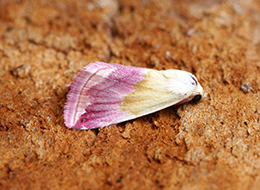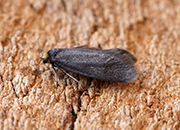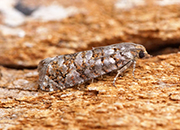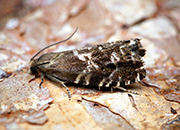Here is the correct way of telling these species apart which WT&L does not publish.
This information was sourced from a book Notuidae of Central Europe in Colin Plant's possession and we have had an afternoon going through his collection and proving this theory correct, this is also a much easier way of diagnosing.
Hope this helps and sorry to be a nuisance but but we do all want correct records at the end of the day.


 Musotima nitidalis
Musotima nitidalis L-album Wainscot
L-album Wainscot Feathered Ranunculus
Feathered Ranunculus Agonopterix nervosa
Agonopterix nervosa Blossom Underwing
Blossom Underwing Beautiful Marbled
Beautiful Marbled Lampronia fuscatella
Lampronia fuscatella Gravitarmata margarotana
Gravitarmata margarotana Perittia obscurepunctella
Perittia obscurepunctella Black-spotted Chestnut
Black-spotted Chestnut Cydia pactolana
Cydia pactolana











.JPG)



































